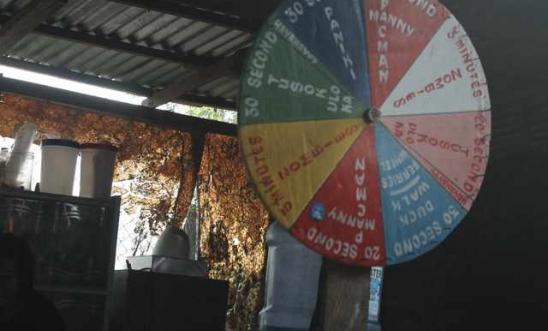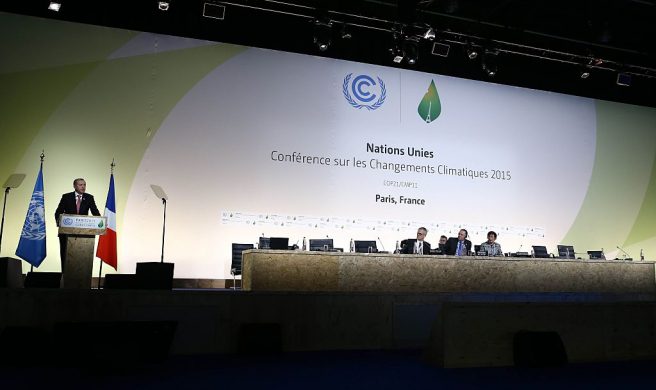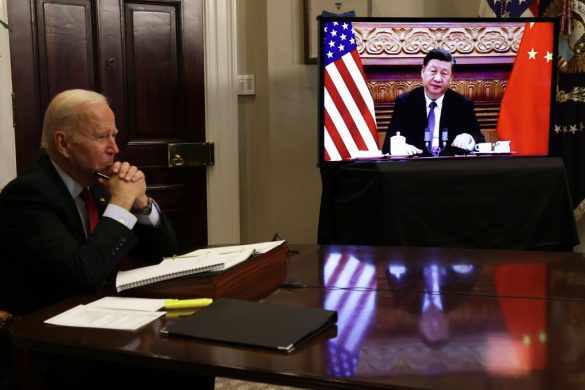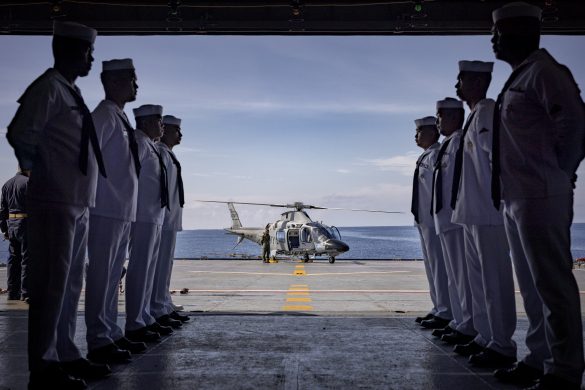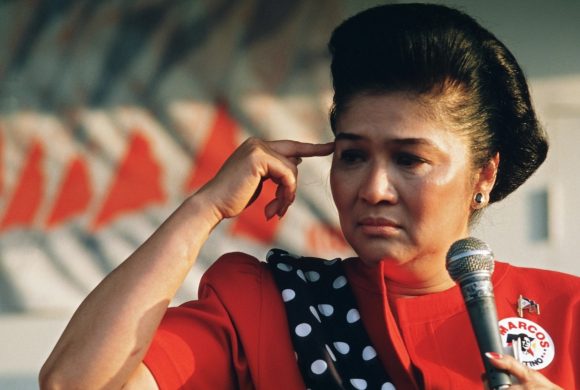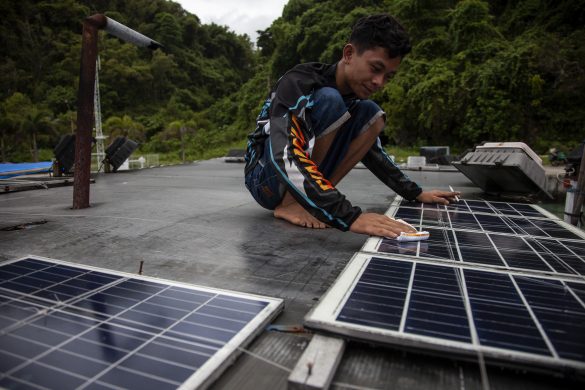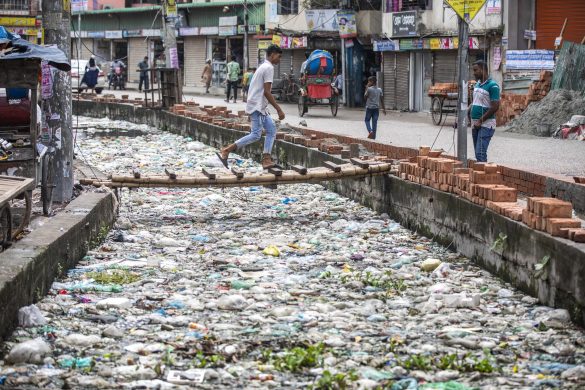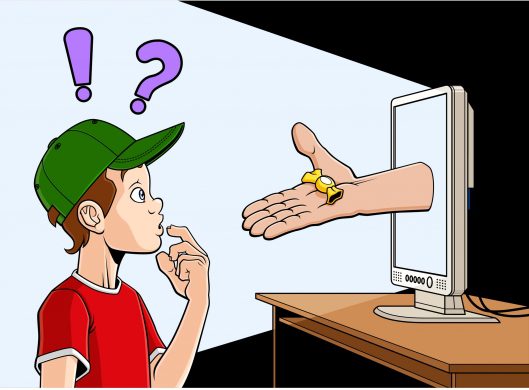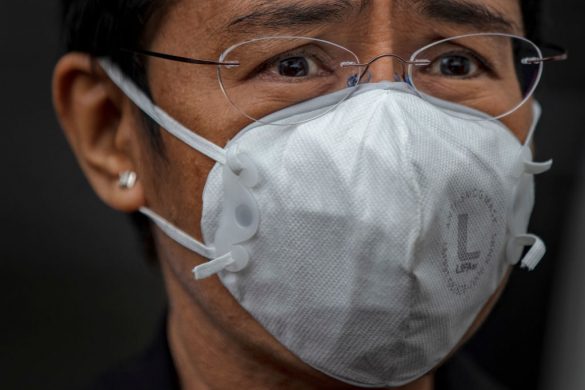COPENHAGEN, 14 June, 2016 (World Without Torture): In February 2014, the world was shocked to learn about the “Wheel of Torture”, a sadistic game being used inside the Philippine National Police Provincial Intelligence Board (PIB), a secret detention compound in Biñan, Laguna Province, Philippines.
The “game” is played when a police officer spins the roulette-style wheel, which lists different methods of torture, to determine which punishment they should receive. These include “30 seconds of hanging” and ”20 seconds of beatings”. The PIB was shut down after a visit from the Commission on Human Rights Region IV Office and more than 40 detainees complained to the authorities that they had been subjected to the Wheel of Torture.
Læs også: Tortur-roulette i filippinsk politistation (U-landsnyt.dk 06.02.2014)
Tvunget til at drikke vand med hundelort
LC is one of the detainees who was tortured for months. Once he was taken to a small hut inside the PIB and forced to drink water contaminated with dog faeces. Another time, two of his toenails were almost taken out with pliers and officers poured alcohol and gasoline over him and threatened to set him on fire. LC says one of the guards was, “looking for a lighter but could not find one at the time.”
RA is another one of the victims. He was beaten with the handle of a dustpan, a piece of wood, a steel baseball bat, a plastic chair and their fists and feet. He was also electrocuted, blindfolded, and repeatedly gagged.
21 ud af 25 sager uden domme
Despite the many complaints and the fact that 25 cases were filed, only four remain pending and no police officers have ever been convicted. IRCT member in the Philippines, the Medical Action Group (MAG) has provided rehabilitation services and legal referrals to many of the torture victims held at the PIB. MAG documented a total of 27 clients out of 41 who were initially interviewed. The others did not want to be documented.
MAG says that it is both sad and disappointing that out of 25 cases, the local human rights office in-charge of the case has filed, only four remain pending. “Some clients have died during the process and some withdrew their complaints and took the side of the alleged perpetrators as a result of threats and intimidation.”
LC is still one of MAG’s clients and continues to suffer from nightmares. He feels extremely angry and upset whenever he thinks about what happened at the PIB, but the scars from his beatings and burns make it hard to forget.
MAG was due to have a meeting with the local human rights office, along with the Central Human Rights Office about the cases in May. However, it was cancelled because of the presidential elections and no new date has been set. “It is all too common that cases like this are never heard and reported. With medical and psychological help and support, we can heal the wounds of the survivors but they may never get back to the place they were before they were tortured. This particular case reminds us that torture can never be justified in any circumstance,” says MAG.
The Philippine Government passed an Anti-Torture law in 2009 but human rights groups say things have been slow to change. However, there is some cause for hope, as on 29 March 2016, a Philippine court made a historic ruling in which a police officer was convicted of torturing a bus driver to confess to crimes he denies he committed. It was the first conviction under the 2009 Anti-Torture Act.
The Philippines is now in a period of transition with newly-elected President Rodrigo Duterte having spoken openly about his hard stance on law and order. The future is unclear for the country but for the victims of the wheel of torture the past cannot be forgotten.

